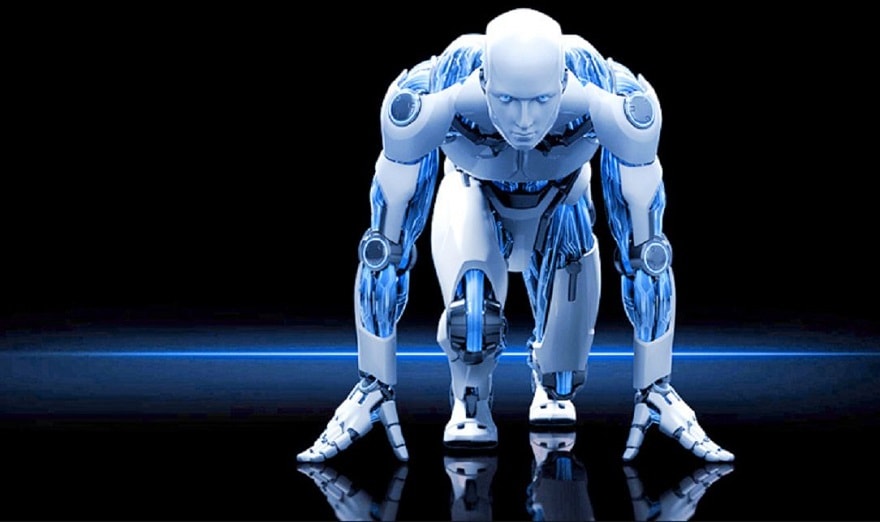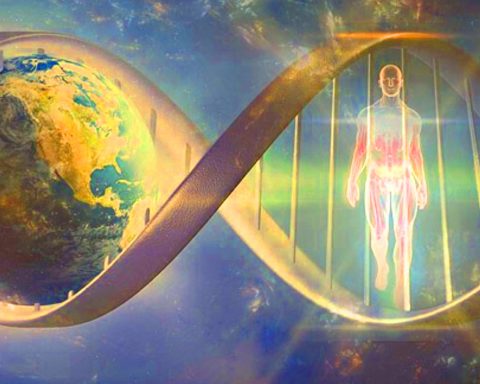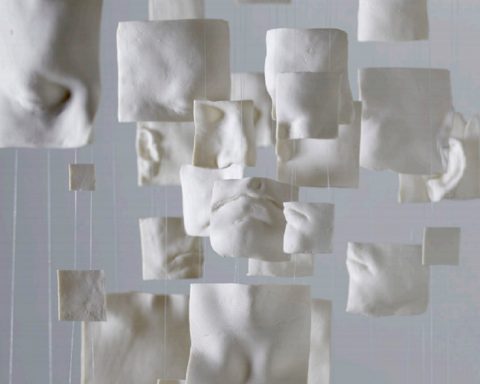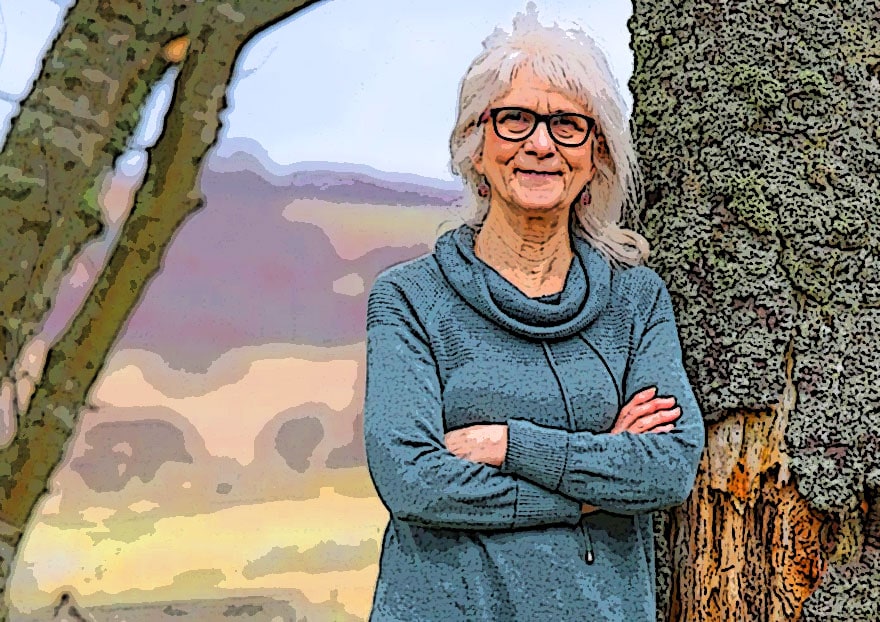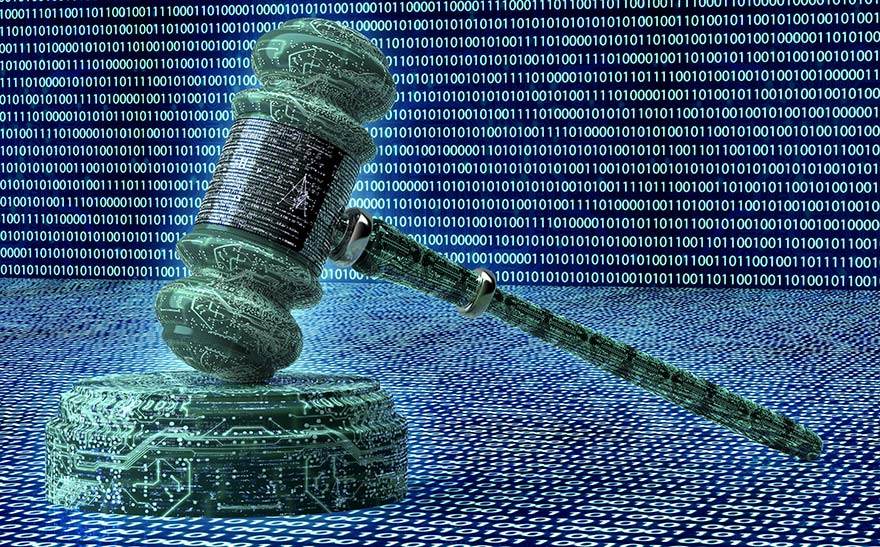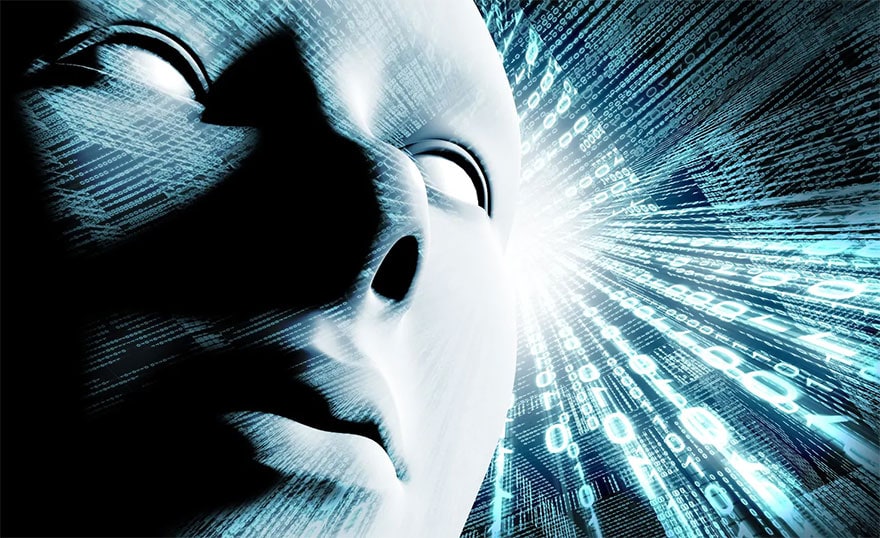
Transhumanist dreams have no limits. The technosciences are getting us used to increasingly staggering announcements about the abilities acquired in the labs to reverse death. This time it's the turn of an American-Indian team to lift one of the last taboos: raising the dead. These researchers have in fact obtained authorization to recover lifeless bodies from a hospital in order to use stem cell transplants, chemical cocktails and other electrical impulses to help revive extinct brains.
Bioquark is a company of American biotechnology; it has developed a project which is in line with the techno-scientist ideology that is currently in vogue, but which nevertheless is very disturbing. Called ReAnima, the project has been validated by the American governmental institution in charge of medical and biomedical research, the National Institute of Health. With this blessing, the company was allowed to recruit twenty brain-dead corpses to try to bring them back to life. This is being done in conjunction with the Indian company Revita Life Science, which specializes in stem cells. Disturbingly, the experiments will not be conducted in the United States but in India, with Indian hospitals and Indian cadavers. Why is this happening? Mystery.
In agreement with the families of the deceased (fortunately!), twenty bodies from the Anupam Hospital in Rudrapur, India, will be provided to the researchers. The subjects are in a state of clinical death. The protocol consists of reactivating their vital functions such as heartbeat or respiration using devices commonly used in all hospitals around the world. What is newer is that the doctors will try to resuscitate the upper parts of the spinal cord, including the entire central nervous system.
The second step consists of a combination of several treatments administered to the "patient", consisting of peptide administration, nerve stimulation and laser therapy. If this step proves inconclusive, the researchers plan to move on to the final step: injecting stem cells directly into the brain.
Team members explain that the treatments are based on the regenerative functions of salamanders and newts. These animals have the ability to create new tissues and muscles to fully recreate the parts of their organisms that would otherwise be damaged.
Scientists hope to see signs of resuscitation on their patients' CT scans within the first two to three months of treatment.
Doctors admit that they are still far from achieving a complete brain resurrection, but they believe they can achieve it in the near future. Among the members of their team is Dr. Calixto Machado, a renowned neurologist who has extensively written about brain death. The principle of the experiment is based on the essentially bio-electrochemical nature of the central nervous system. It consists of biologically manufacturing neurotransmitters, the parts that are essential for transmitting electrical signals to the body. We already know how to stimulate neurons with electrical impulses; this is done regularly for patients in coma. But after brain death, neurons begin to degenerate. Researchers believe they can stop this inevitable mechanism by stimulating the regeneration of neurons.
By complementing these operations with stem cell injections, the researchers believe they can restart the biological process of re-creating degenerated cells.
The professor Himanshu Bansal of the Indian Anupam Hospital is a recognized stem cell specialist. He reports to the Telegraph have already applied the same protocol to two patients, one from the Persian Gulf and the other from Europe. He states: "They are always in a state of minimal consciousness but it is not impossible that they will come out of this state and regain consciousness and human life. ». He goes on to say: « We are now trying to conduct a definitive study on 20 subjects to prove that brain death is reversible... ".
Dr. Sergei Paylian, founder, president and scientific director of Bioquark, sees a bright future for these types of interventions, stating that their work will have major implications for how to treat, beyond brain death, other serious disorders of consciousness such as : "coma, states of minimal consciousness, and other degenerative diseases such as Alzheimer's or Parkinson's... ".
Dr. Dean Burnett, a neuroscientist at Cardiff University who was interviewed about the experiment by The Telegraph, expresses doubts: "The idea that brain death can be easily reversed seems very far-fetched, given our current knowledge of neuroscience. It may be useful to repair parts of the brain, but we are far from being able to resuscitate a complete brain with all its functional capabilities. "
Is the age of the living dead for tomorrow? Will we soon come across individuals whose brains will no longer contain any original neurons? What will they have in mind? Will they have to relearn everything? Will they have another personality? Will they still be full-fledged humans? With what kind of consciousness? How will they live their experience of death?

Login
0 Comments
Inline Feedbacks
View all comments


